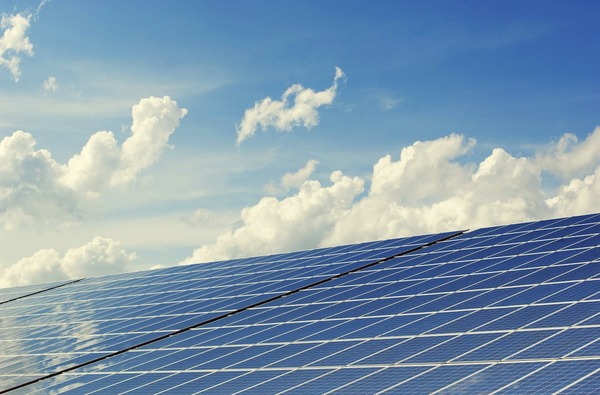According to a report by Energy Industry Council (EIC), the Middle East is set to benefit from an investment of $75.63 billion in renewable energy project. The investment covers 116 renewable energy projects that are expected to come into operation between 2025 and 2030, according to EIC DataStream. They range from solar power, onshore wind, hydrogen production, carbon capture, utilization and storage (CCUS), geothermal energy, to energy storage systems.
While more investment in renewable energy is envisaged, the International Energy Agency sees that only 20% of total investments in the Middle East will be toward renewable energy. More emphasis on the oil and gas sector remains the norm since the region has continued to remain the world’s leader in hydrocarbon production. This dominance has been supported by plenty of gas reserves and reasonably priced fuel, thus expected to continue playing an important role as a transitional energy source.
Revealing the complexity of the region’s energy transition, the report’s author notes, Aqilah Shahruddin. “Most spending is understandably going to oil and gas, but we are seeing clean-tech projects in hydrogen, solar, wind, and carbon capture. So, it’s a balancing act between producing clean energy and maintaining the region’s dominance in the global hydrocarbon market,” Shahruddin added.
While solar – now that Phase 5 of Dubai’s Rashid bin Mohamed Al-Makhtoum Solar Park is complete and others under construction – is notable enough, onshore wind development remains the biggest challenge. Underlying issues include inflated costs of equipment, underdeveloped grid capacities, and supply chain disruptions. Adding 306 MW, completed late in 2023, wind installations in the UAE and Israel highlight potential; however more installations are frustrated by sharply increasing labor costs and continuing supply chain delays.
Conclusion Based on EIC, while renewable projects are slowly being added to the mix, oil and gas will continue to dominate for quite a few years. The focus of hydrocarbons in this region, supported by competitive pricing and existing infrastructure, continues to drown out the shift towards clean energy.
For instance, despite the prevailing factors, investment in renewable energy by the Middle East poses a step towards paving the way forward to a more sustainable future; however, a complete transformation will mean dealing with the economic and infrastructural hurdles that still favour traditional energy sources.


